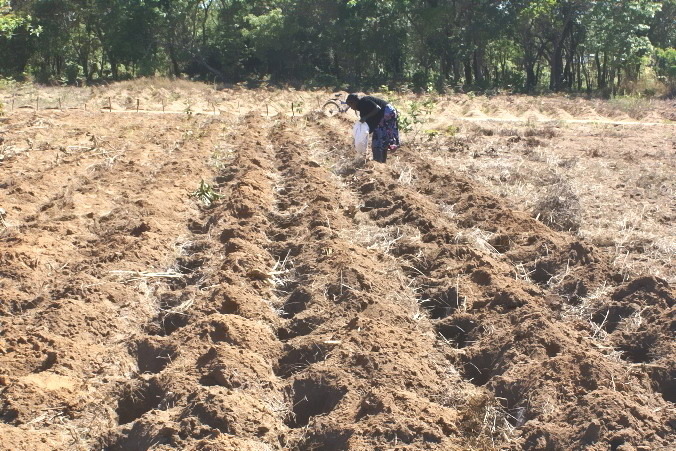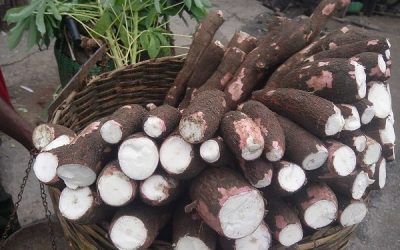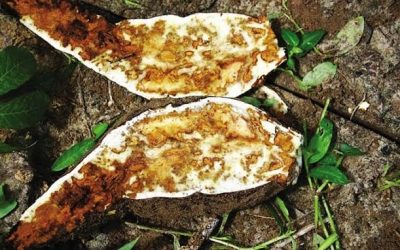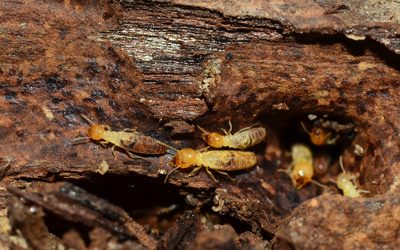Preparing the soil for Cassava

To develop well, cassava roots need soil that has been loosened by the hoe or plough. So till deeply, to 20 or 25 centimetres, so that the roots can get well down.
After tilling, at the beginning of the rainy season, make mounds or ridges. This breaks up the soil and it stores up water; the roots have plenty of loose earth in which to develop.
If fertilizers or manure are used, work them into the soil when it is tilled.
Yields are high when the plant finds plenty of nourishment in the soil. Farmyard manure, compost and green manure are the best fertilizers for cassava.
For green manure, sow leguminous cover plants such as:
Crotalaria, Centrosema, Calopogonium, Phaseolus or beans.
Sow them a little before the rains, and dig them in after 5 to 18 months of leafy growth.
You can also use farmyard manure or compost. These organic manures enrich the soil with organic matter and mineral salts.
To complete the manuring, you can apply mineral fertilizers containing nitrogen, phosphorus and potassium.
The use of mineral fertilizers may be profitable if the farmer sells the cassava to factories. Many experiments made have shown that yields per hectare are increased chiefly by nitrogen fertilizers such as ammonium sulphate (21% nitrogen), urea (46% nitrogen) and phosphorus fertilizers such as single superphosphate (16 to 20% phosphoric acid}, triple superphosphate (46% phosphoric acid) and ground natural phosphate (20 to 40% phosphoric acid). Potassium fertilizers such as potassium chloride (60% potassium) and potassium sulphate 150% potassium have a less marked effect. However, the yield of cassava falls greatly when the soil lacks potassium fertilizers. If the farmer applies fertilizers and looks after his plantation well, the yield of cassava reaches 25 to 65 tons per hectare.


